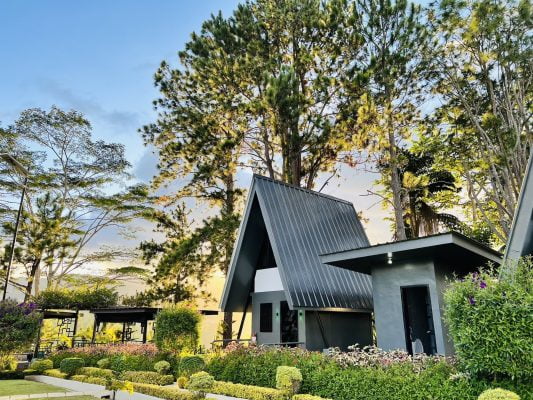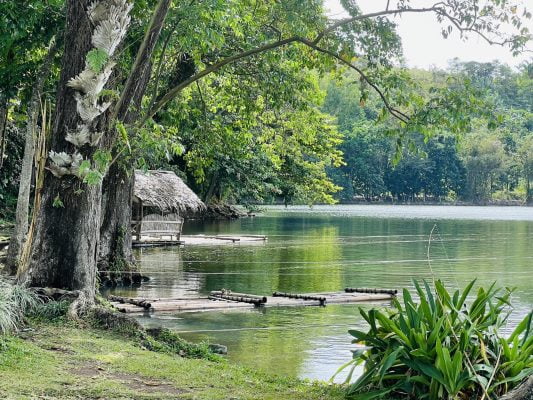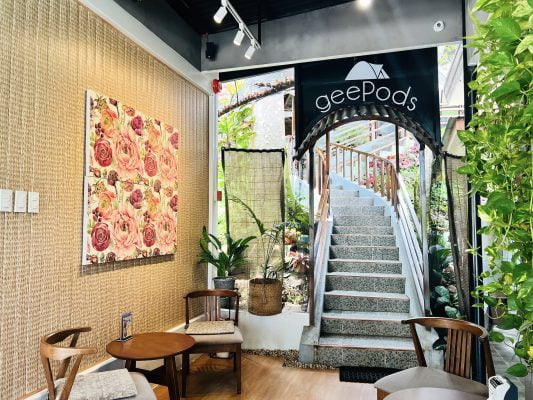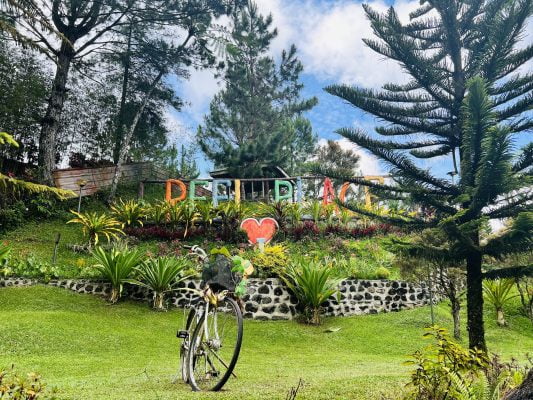
If you are coming to Camiguin for the first time, then be prepared to be awed by the sheer beauty of the island’s pristine waters, idyllic countryside and warm and hospitable Camigingnons.
History of Camiguin Island
According to old records, Camiguin got its name from the word “Kamagong”, a kind of tree that grows in the province of Surigao del Norte, the place where the early settlers came from. Among the early inhabitants of the island are the Manobo’s coming from the mainland Mindanao during the pre-Spanish era.
The first Spanish settlements were established in 1598 in the town of Guinsiliban, the municipality facing the province of Misamis Oriental. In 1679, a major Spanish settlement was established in Katadman, now known as the municipality of Catarman. The flourishing village was destroyed by the eruption of Mt. Vulcan Daan on May 1, 1871. The ruins of the Gui-ob church are now a tourist attraction.
The eruption was not the first but was the worst by far, covering the entire village with lava and huge volcanic boulders. The earthquake that preceded the eruption sunk a large portion of the area, sinking even the public cemetery.
The watery grave has now become one of the popular diving spots in the country. A big cross marker stands where the cemetery used to be.
Another active volcano erupted on December 4, 1951 in Mambajao. Mount Hibok-Hibok, standing majestically at 4,370 feet killed more than 3,000 inhabitants of the capital town.
Geographical and Topographical Features
Camiguin is a mountainous isle that cradles seven volcanoes with a total land area of 29,187 hectares. The national highway circles the whole island spanning 64.1 kilometers. Flora and fauna thrive in the diverse ecosystem of this tiny province. Because of its volcanic feature, several cold and hot springs dotted the island. Most of these natural resources are developed and managed by the provincial government.
The coastline boasts of many untouched beaches and coral reefs and on the other side of the road, domes and peaks rise with thick foliage that look less menacing in the daylight.
Temperature drops during the months of April to August and rains come between the months of November and February. Typhoons from the Pacific visit the island several times a year hitting the municipality of Catarman most of the time.
People and Culture
People of Camiguin are called Kamiguingnons or Camiguingnons. A large number have migrated to Mindanao and other places over the years to study and seek employment, marriage and business enterprise. The older generation remains on the island, living an idyllic provincial life. The younger generation who has remained have taken over the family farm or lived on fishing. The people are friendly and hospitable, the assimilation of different cultures have given the Camiguingnons their distinct genial nature.
Economy and Tourism
There are no industrial factories in Camiguin. The island is a farming and fishing province with coconut as its main crop. Cassava, camote, rice, banana, coffee and corn are crops grown in the fertile volcanic soil. You can find the sweetest variety of Lanzones in Mambajao. Practically every house has a tree or two in their yard. The growing number of tourists coming in every year boosts the local economy and many small to medium scale cottage industries have sprung up to cater to the influx of foreign and local tourists.
Infrastructure
Camiguin is powered by the Napocor Hydroelectric plant located in Kinuguitan, Misamis Oriental in mainland Mindanao. The 10.6 km submarine cable supplies power to the island. All of the 58 barangays in the 5 municipalities now enjoy electrical amenities. There are adequate beds in the three major hospitals in Mambajao, Sagay and Catarman. Every municipality has its team of well-trained Barangay Health Workers.






